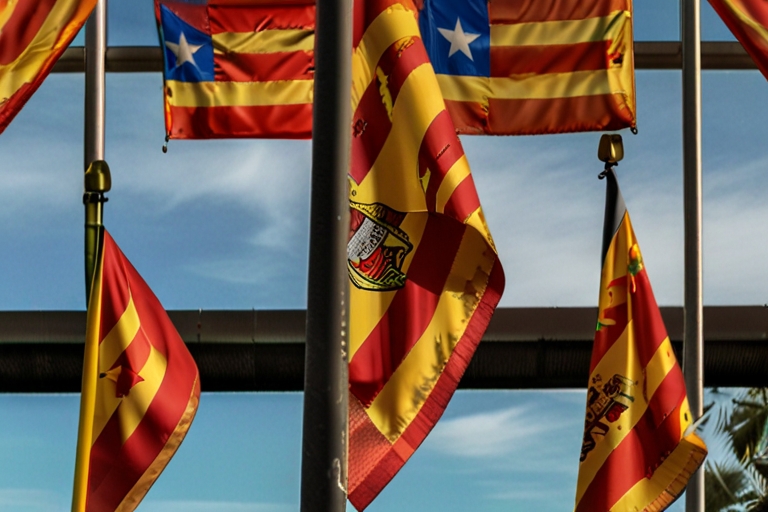Introduction
The Turkish language, spoken by over 80 million people, plays a pivotal role in bridging diverse cultures and economies between the Western world and the Middle East. This linguistic connection has deep historical roots and contemporary significance, making Turkish an invaluable asset in global communication, trade, diplomacy, and cultural exchange.
Historical Significance
Historically, Turkish has been a language of power and prestige. During the Ottoman Empire (1299-1922), Turkish served as the lingua franca across vast territories spanning Southeastern Europe, Western Asia, and North Africa. This historical legacy has left an indelible mark on the linguistic and cultural landscape of the region. Ottoman Turkish, a blend of Turkish, Arabic, and Persian, was the administrative and literary language, facilitating interactions among diverse ethnic groups and contributing to a rich cultural tapestry.
Economic and Trade Relations
In contemporary times, Turkey’s strategic geographic position as a bridge between Europe and Asia enhances the importance of the Turkish language. Turkey is a key player in regional and global trade, and its economy is one of the largest in the world. The country’s membership in organizations such as the G20, NATO, and the Council of Europe underscores its economic and political significance.
For businesses and investors, proficiency in Turkish offers a competitive edge. Turkey’s dynamic market presents numerous opportunities in sectors like manufacturing, textiles, automotive, and tourism. Furthermore, Turkey’s customs union agreement with the European Union facilitates seamless trade with European countries, making Turkish an essential language for European businesses aiming to expand into Middle Eastern markets.
Diplomatic and Political Influence
Turkey’s geopolitical influence extends across the Middle East, the Caucasus, and the Balkans. As a member of NATO and a candidate for EU membership, Turkey plays a crucial role in regional stability and security. The ability to communicate in Turkish is advantageous for diplomats, policymakers, and international organizations working in these regions.
Turkish is also spoken in Cyprus and parts of the Balkans, further highlighting its importance in diplomatic relations. The language serves as a gateway to understanding the socio-political dynamics of these areas, fostering better cooperation and conflict resolution.
Cultural and Academic Exchange
The Turkish language is a key to unlocking a rich cultural heritage that spans centuries. Turkish literature, music, cinema, and cuisine offer unique insights into the country’s identity and values. Learning Turkish allows for a deeper appreciation of these cultural elements and promotes mutual understanding between Turkey and the Western world.
Academic institutions in Turkey are gaining prominence, attracting international students and researchers. Proficiency in Turkish can enhance academic collaboration and open doors to educational opportunities in fields such as history, archaeology, political science, and international relations.
Technological and Media Influence
The rise of digital media and technology has amplified the reach of the Turkish language. Turkish television series (dizis) and films have garnered a global audience, contributing to the country’s soft power. Platforms like Netflix and YouTube have made Turkish content accessible worldwide, creating a surge in interest in the language and culture.
Moreover, Turkey’s burgeoning tech industry, particularly in gaming, software development, and fintech, underscores the growing relevance of Turkish in the global digital landscape. Startups and tech companies can benefit from Turkish-speaking talent to tap into this innovative market.
Conclusion
The Turkish language stands as a vital link between the Western world and the Middle East, fostering economic, diplomatic, cultural, and technological connections. Its historical significance and contemporary relevance make it an essential language for anyone looking to engage with these regions. Whether for business, diplomacy, cultural exchange, or academic pursuits, learning Turkish opens up a world of opportunities and enriches our global perspective.







